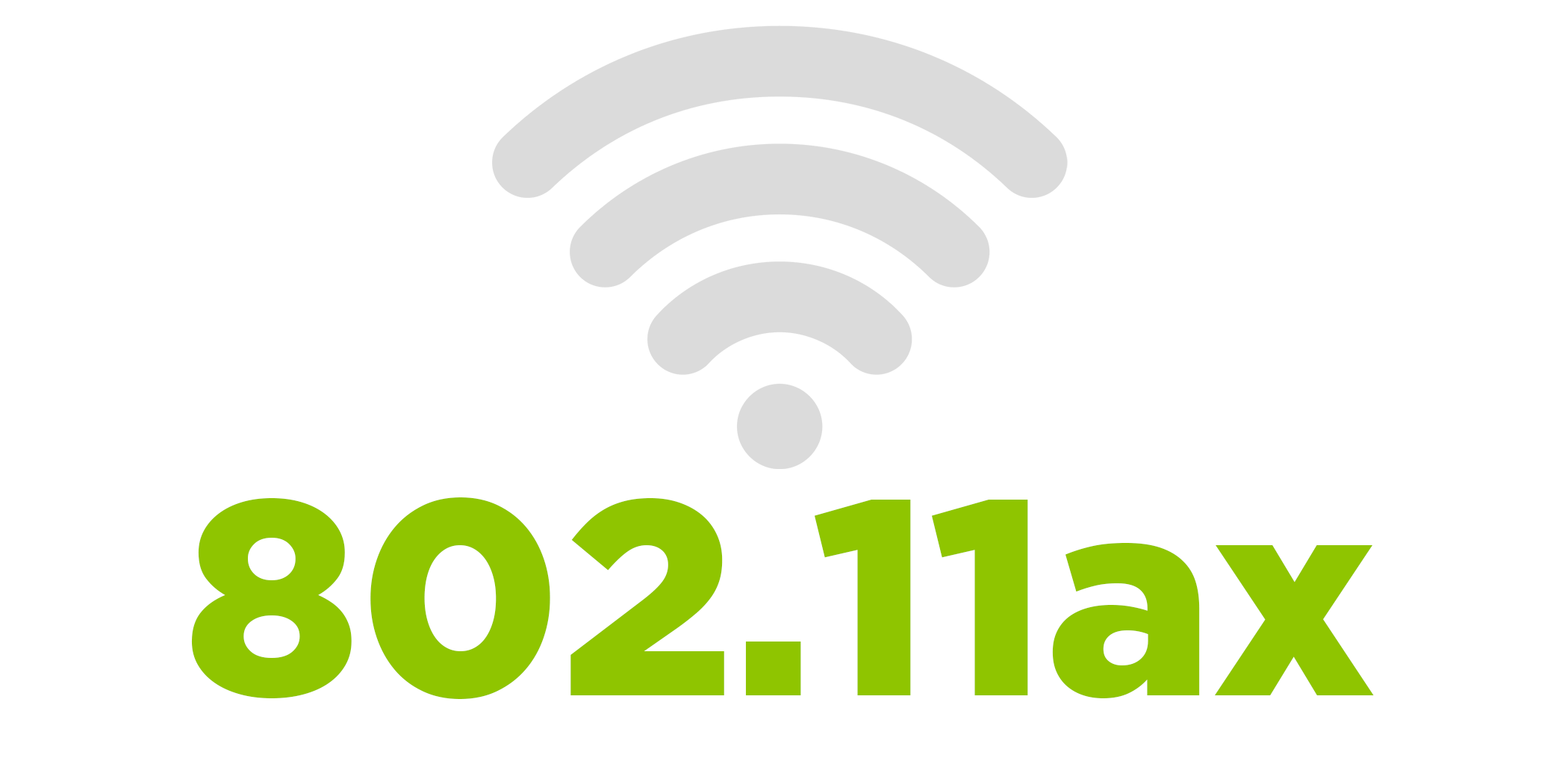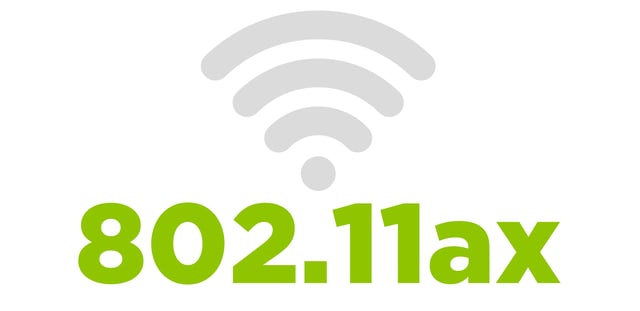WiFi 6 - Here's what you need to know.
Since the dawn of Wi-Fi technology, we've commonly referred every new iteration of Wi-Fi to 802.11...


Currently, all new computers and routers support the now, 6-year-old, 802.11ac standard for Wi-Fi Wireless Local Area Networks (WLAN) via the 2.4GHz and 5GHz spectrum bands. And for many homes and businesses, the 802.11ac standard is sufficient (not perfect, but likely sufficient), but for some homes and businesses that thrive on faster Wi-Fi, a faster alternative is just what they need.
Enter 802.11ax, dubbed "High Efficiency Wireless"
802.11ax is the next quantum leap in Wi-Fi, offering up to 10 gbps speeds. (To put that into perspective, the current 802.11ac standard peaks at around 5 gbps.)
According to ISP Review, the key differentiators are:
* The ability to fully combine 2.4GHz and 5GHz bands to both use 802.11ax at the same time. Take note that 802.11ax is also technically capable of addressing frequency bands between 1GHz and all the way up to 6GHz.
* Uplink support for MU-MIMO. The existing 802.11ac Wave 2 standard already supports MU-MIMO (Multi-User – Multiple-Input, Multiple-Output) technology for downlink performance, which means that it is capable of multitasking by sending data to multiple devices at once rather than one-at-a-time. 802.11ax also allows this enhancement to work in the uplink direction too.
* Orthogonal Frequency Division Multiple Access (OFDMA) for both uplink and downlink. This is a big improvement, which has also made its way into a fair few other broadband technologies like DOCSIS 3.1. Essentially OFDMA is a low power solution that allows for simultaneous low-data-rate transmission from several users (i.e. it chops WiFi channels up into hundreds of smaller sub-channels and gives each one a different frequency).
* Support for 1024 QAM (Quadrature Amplitude Modulation) modulation to increase throughput (the highest QAM for 802.11ac was 256).
* Various other power and efficiency enhancements, such as Trigger-based Random Access, Spatial Frequency Reuse, 2 Network Allocation Vectors, Target Wake Time (TWT), Dynamic Fragmentation (802.11ac only supported static fragmentation) and more...
We are looking for High Efficiency Wireless to make it's debut sometime in late 2018, and will have products of our own ready come early 2019.
Since the dawn of Wi-Fi technology, we've commonly referred every new iteration of Wi-Fi to 802.11...
To make it easy to understand, let's break it down in simple terms: "Beamforming" refers to...
Thinking of upgrading your place of work with new technology but don't want to invest in new power...